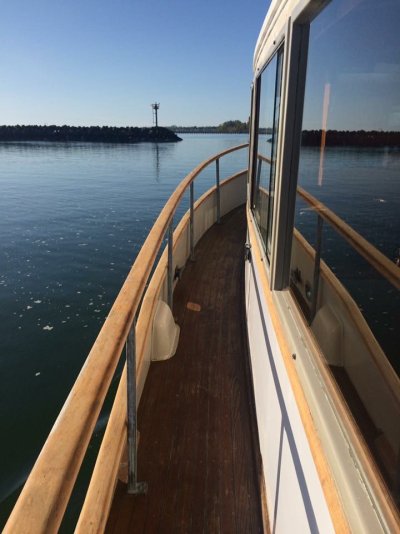I’ve done a lot of both.
I’ve always mixed my own “teak” oil.
Used a lot of raw linseed oil, some boiled, turpentine and very small amounts of Tea Tree Oil. It’s an anti-mildew additive. Expensive.
For you at this time I’d (looks like your’e in Cal.) use lots of teak oil mixed yourself. Start and apply 7-8 coats of raw LO and turp. Mostly turp. Only 10-15% LO at this time. If you have anti-mildew additive add that. Slop on as much as you can w a brush. Add more oil w each coat up to around 6-7 coats. You can use throw away brushes and pick out the brush “hairs” as you go. You can use the brush until it starts to harden. It’s slightly better to use a better brush but you need to clean w turp after each coat.
When the wood won’t take anymore oil/terp wipe off the excess. Don’t use a paper towel.
It would be good to let it stand for a day or two (hopefully one w sun and some warmth. Now switch to boiled LO (or Tung oil) and apply more LO. Apply and wipe. The last coat or two one can add some Japan Drier (as directed) to the mix.
Hopefully you can stop there and also hopefully be happy w it. I was in Alaska and didn’t use any boiled LO and no Japan Drier. After I was sorta doe w it we could sit on the cap rail but when standing up it would feel slightly like our butt had stuck to the cap-rail. It never did nor was there any oil residue on our pants. So it worked well in very wet SE Alaska. I recoated about every 3-5 weeks.
Now for your California oil job you should have some UV additive/protectant in the oil. With just oil I don’t know how much or even if any UV protectant is needed. I never did use any and don’t think it’s needed. I’m hoping someone will offer up an opinion.
So HaHa I suggest you may use both.


